Dogs that figure out how to push chairs to reach treats offer more than just comedy—they showcase how adaptable and clever canine minds can be. While breed plays a part, behavior comes down to both biology and upbringing.
Research shows that about 25 % of behavioral traits in dogs are heritable, and overall breed accounts for just 9 % of behavioral differences among individual dogs.
What makes that dog‑on‑the‑chair moment so fascinating is the display of adaptive intelligence—the ability to solve novel problems independently. Many breeds excel in classic intelligence tests, learning through observation, imitation, and inventiveness.
So when you see a pup rearrange its surroundings to get a snack, it’s not just cheeky—it’s an example of real-world brainpower in motion.
Dogs that push chairs, climb shelves, or work around barriers to reach treats illustrate this blend of genetics, environment, and motivation. They’re not just smart—they’re creative, persistent, and willing to experiment. You’ve got reason to be impressed.
Dog Breeds that Push Chairs to Reach Treats
Here are the most common breeds:
1. Labrador Retriever
When it comes to dog breeds that go above and beyond for treats, no one does it quite like the Labrador Retriever. They’re smart, sneaky, and food-driven to their core. What looks like cute curiosity is often a calculated move: nudge the furniture, climb like a pro, and grab the prize.
And it’s not just mischief—they’re genetically wired for it. Due to a mutation, Labs often don’t feel full after eating. That means their appetite isn’t just big—it’s endless. They connect cause and effect quickly: the chair moves, the treat becomes reachable.
|
Trait |
Description |
|---|---|
|
Movement |
Known to physically push or climb furniture to access food |
|
Soft Mouth |
Bred to carry objects gently—can hold fragile items without damage |
|
Water Abilities |
Webbed feet and a thick tail help them swim and retrieve in water |
|
Trainability |
Responds well to positive reward systems and consistent routines |
2. Beagle
The Beagle doesn’t just sniff around for fun—it’s a full-time job. These dogs are known for walking right into trouble if something smells remotely like food. It’s not uncommon to see a Beagle putting its entire body weight on obstacles to get to the crumbs left behind. Their intense drive to eat can make them both clever and chaotic.
You’ll often find them at full speed toward the kitchen if they hear a wrapper open. It’s this hunger-led behavior that makes monitoring their diet essential.
Left unchecked, they’ll ignore toys, skip playtime, and push past any safe boundaries if food is involved. According to WebMD, Beagles respond best to positive reinforcement, but their determination also demands real patience.
|
Trait |
Detail |
|---|---|
|
Anxious Energy |
Can become anxious if food routines are changed suddenly |
|
Smart but Stubborn |
Learn fast, but need structured training sessions |
|
Size Advantage |
Small frame makes it easy to climb and step onto furniture |
|
Food-Driven Behavior |
Will bypass toys and ignore commands when tracking treats |
|
Hard to Distract |
Once locked on a scent, hard to engage in anything else |
3. Basset Hound
Basset Hounds may move at a relaxed pace, but when it comes to treats, they’re fast thinkers. These long-bodied, low-to-the-ground hounds have one mission: follow the scent. And more often than not, that trail leads to your dinner. Bassets act like four-legged vacuum cleaners.
When that irresistible scent happens to be a treat on a counter or table, the Basset doesn’t just give up. Instead, it starts solving the problem the only way it can: by finding a way up. That’s where the chair comes in.
Their pack instincts make them highly food-competitive, and their persistence can lead them to substitute toys, shoes, or even cat food when snacks aren’t available. According to PetMD, owners need to consider portions carefully, because a chunky Basset is more than just adorable—it’s at risk for serious joint and spine issues.
|
Trait |
Detail |
|---|---|
|
Body Structure |
Short legs increase mobility concerns |
|
Scavenger Habits |
Will steal food from other pets if not supervised |
|
Emotional Eater |
Their soulful gaze often earns snacks they don’t need |
|
Training Quirks |
Requires creativity and firm handling to learn about food boundaries |
|
Vocal Talent |
Some Bassets “sing” when excited, especially around treats |
4. Golden Retriever
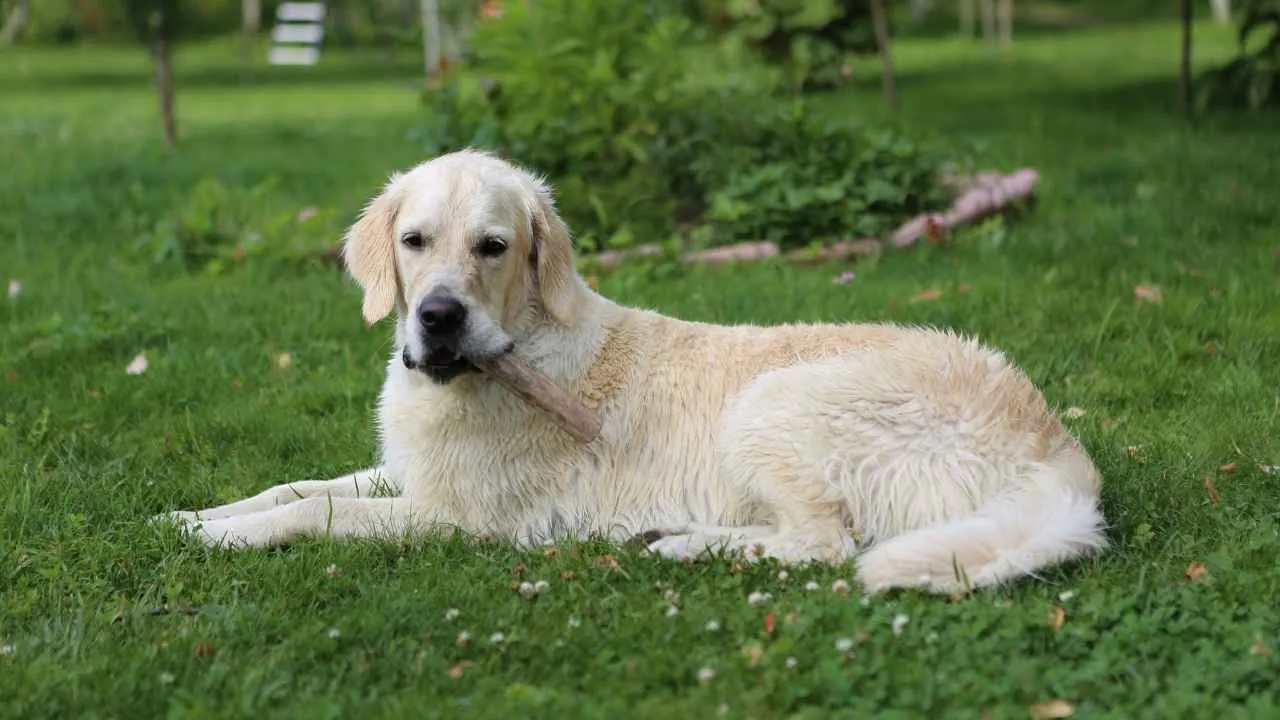
Golden Retrievers carry a natural brightness in both personality and purpose. Their upbeat attitude, high energy, and constant curiosity make them one of the most engaging companions to share your home with.

But with that eager-to-please temperament comes one challenge: putting everything in their mouths—shoes, towels, even your sandwich if you blink. If a treat is out of reach, moving a chair becomes a tool, not an obstacle.
This behavior isn’t just playfulness; it’s hardwired from generations of retrieving instincts. For owners, the key is introducing smart routines early. Whether you’re working on obedience, therapy prep, or just teaching them not to swipe your sock for the tenth time, structure matters.
|
Trait |
Detail |
|---|---|
|
Fetch Instinct |
Loves taking and carrying items—remotes, mail, even your slippers |
|
Structure-Oriented |
Responds well to new strategies when training is consistent |
|
Attention-Seeker |
Can become restless without daily engagement time or interaction |
5. French Bulldog
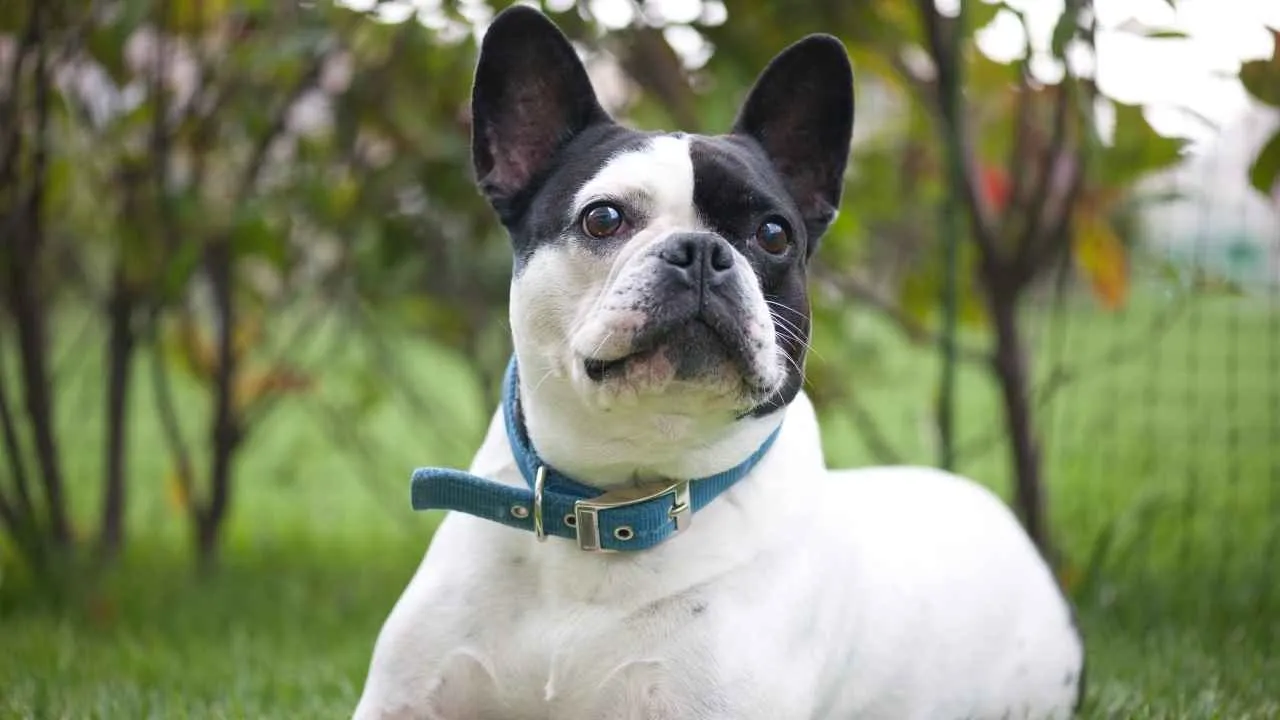
French Bulldogs are specialists in subtle manipulation. They’re not just asking—they’re executing a strategy. Their compact bodies don’t require much exercise, which means excess treats quickly impact their health.
Many owners don’t realize that putting food in front of them when they’re bored or anxious reinforces this behavior. According to the American Kennel Club (AKC), breeds like the French Bulldog are often described as “clever but stubborn,” which means they’re willing to get creative if there’s something delicious on the line.

The key is to substitute mindless snacking with smarter routines. Train them to understand that praise and play can be just as satisfying. Always consider their stomach sensitivity when offering any new products. Frenchies are observant.
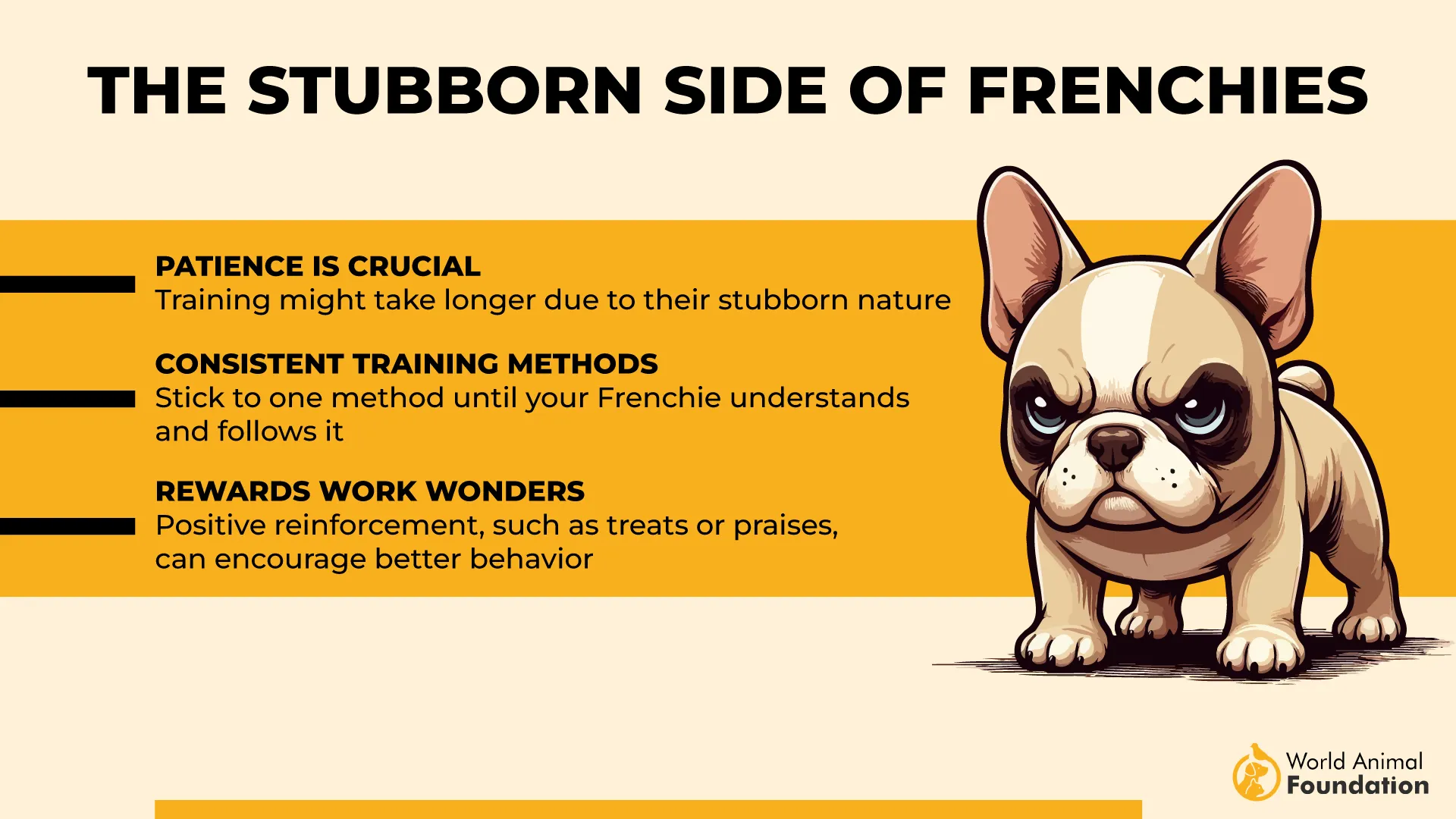
If they’ve ever seen a person pull out a chair to sit—or if they’ve accidentally bumped into one and noticed it moves—they might remember that and use it to their advantage later.
|
Feature |
Details |
|---|---|
|
Heat Sensitivity |
Struggles with hot weather—keep inside during heat |
|
Vet Considerations |
Needs regular checkups due to common health issues |
|
Snack Drive |
High—requires strong strategies to limit begging |
6. Pembroke Welsh Corgi

When a Corgi pushes a chair across the room, it’s not just random behavior. It’s adaptive intelligence—solving a new problem with creative thinking. The chair isn’t a piece of furniture; it’s a tool. The Corgi sees a goal, evaluates the obstacle, and figures out a way to overcome it. That’s classic working-dog brainpower in action.
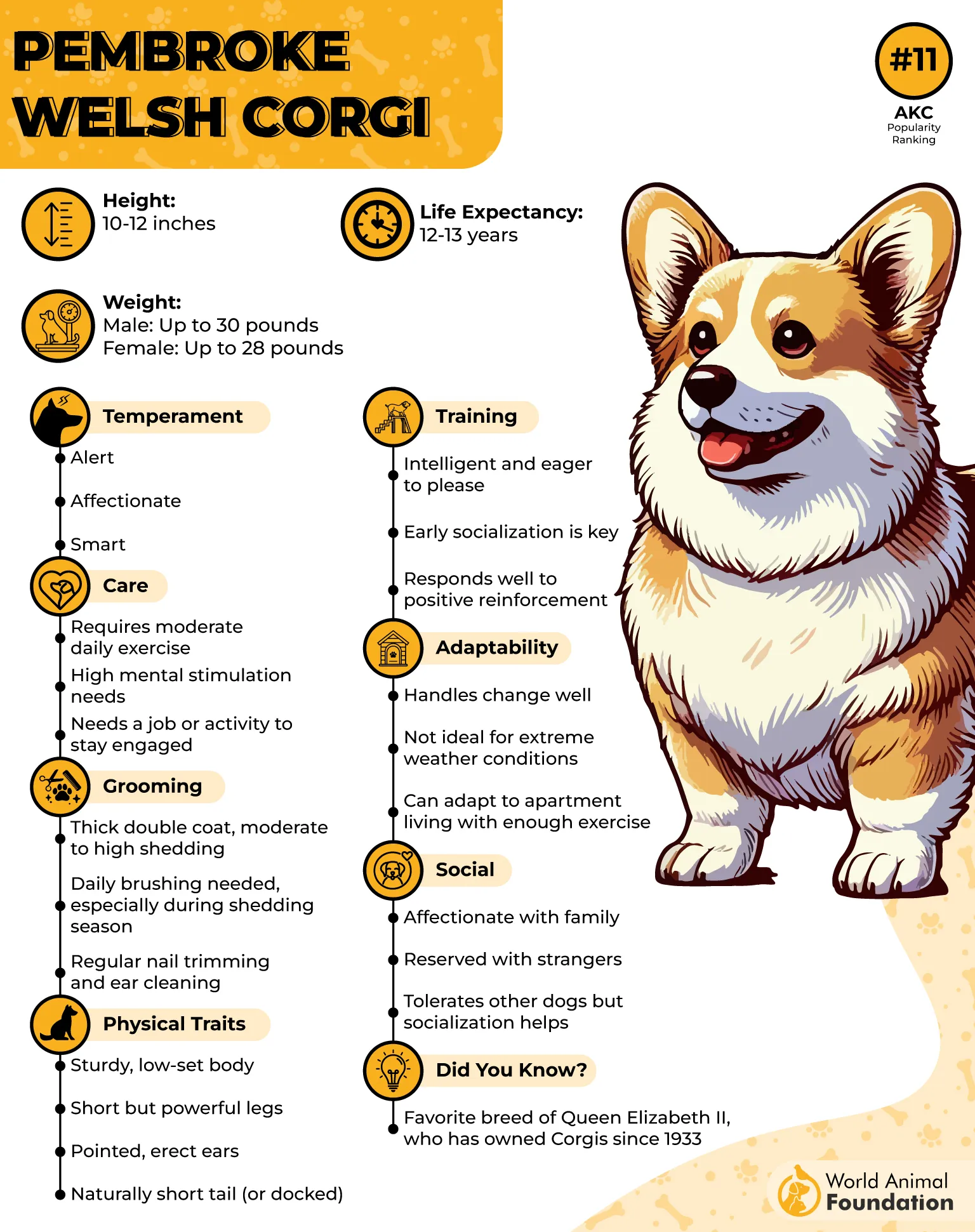
Also, let’s not forget food motivation. Corgis love to eat. Their strong appetites, combined with their intelligence, make them excellent food strategists. Once they learn that pushing a chair brings them closer to a reward, they’ll keep repeating the behavior.
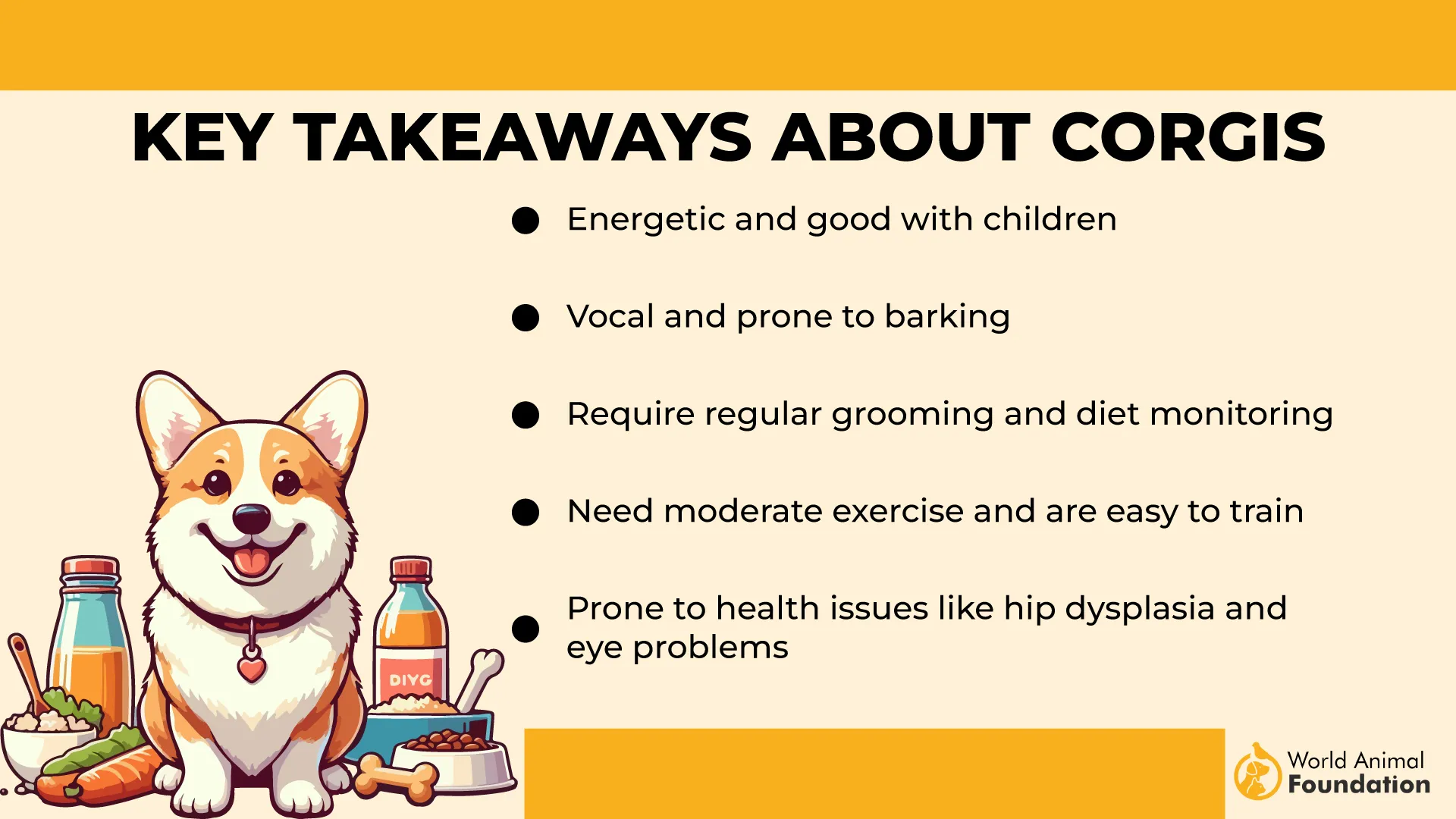
Pembroke Welsh Corgis are small in size but big on appetite—and charm. Their long bodies and short legs make them especially prone to weight gain, so it’s crucial to control portions and resist their expert-level begging.
|
Trait |
Description |
|---|---|
|
Scavenger Instincts |
Will hunt down any food—dog bowl, cat dish, or crumbs on the floor. |
|
Herding Focus |
Applies herding drive to food tracking and attention-seeking. |
|
Compact Yet Vocal |
Small frame, big bark; needs training to curb watchdog tendencies. |
7. Dachshund

The lovable badger dog isn’t just a cuddle bug—it’s a determined food hound. Dachshunds may be short in stature, but their prey drive runs deep. That hunting instinct? It shifts straight to snacks. Their “determined nature” shows up as relentless eye contact until you cave and share a bite.

Pushing a chair to reach treats isn’t just a funny quirk—it’s a clear sign of their strong will, sharp memory, and food obsession working together.
They eat fast, beg hard, and sniff out treats like pros. But that enthusiasm has a downside. Dachshunds have a higher chance of obesity, partly due to their long backs and tendency toward spinal issues, which limit exercise. short: Dachshunds live for food, and they’ll outsmart you to get it.
|
Trait |
Description |
|---|---|
|
Strong Prey Drive |
Hunting instinct fuels their food obsession and persistence. |
|
Fast Eaters |
Often, gulp food quickly, making portion control important. |
|
Bold Personality |
Brave, vocal, and stubborn—requires consistent training. |
Conclusion
Pushing chairs for treats shows how a dog’s mind works—it’s clever but risky. The best way to handle it is to stay open to training options that prevent accidents and support good health.
Engage their focus with positive strategies, and substitute the behavior with commands that earn praise. Train consistently, add long walks, and adjust routines based on behavioral factors.
To ensure a safe home, keep temptation out of reach. If problems continue, discuss solutions or supportive services. Giving your dog the right choice now means putting them on a better path, even around strangers.


